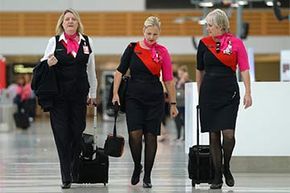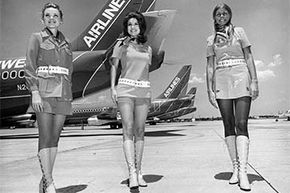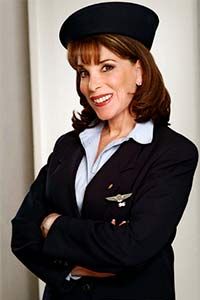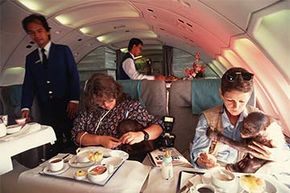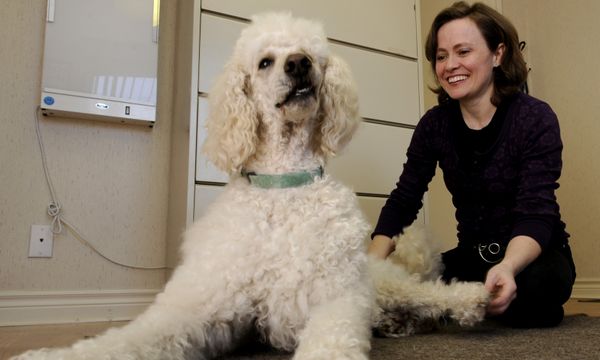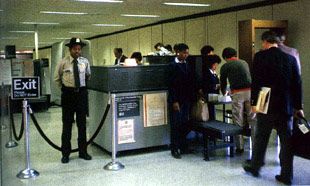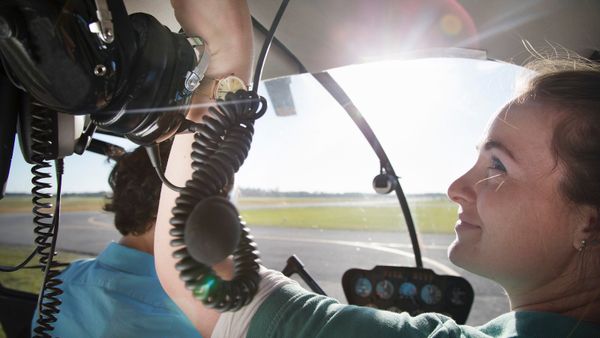Flight attendants are the unsung heroes of the airline industry. Pilots may get you where you're going, but everyone knows that attendants are the serious muscle behind in-flight operations. More people are flying the friendly skies than ever before, and the upward passenger trend is expected to continue for the foreseeable future, according to U.S. Federal Aviation Administration projections. This apparent job stability is excellent news for current and prospective flight attendants.
The image of flight attendants has changed dramatically over the years. In the 1930s and '40s, most had nursing backgrounds – plane travel being more turbulent then than now. In the 1960s and '70s, there was the "sexy stewardess" image, and many uniforms featured miniskirts or hot pants [source: AvStop]. What both eras shared was the requirement that attendants could not be married, have children or even weigh over a certain amount. For many airlines, even if you managed to avoid those potential career-ending pitfalls, you'd still be unceremoniously dumped on or around your 32nd birthday for having the sheer nerve to age [source: Ganzer].
Advertisement
Disparities and all, the profession enjoyed its peak in mystery and excitement in those earlier days, when flying was a rare, exciting treat – if you got to do it at all. "People looked at us as if the job was special and we were special," says Candy Bruton, a 43-year flight attendant veteran with a major airline.
Flight attendants and women's rights advocates fought back against age, marital and weight discrimination (the weight requirements were only lifted in the 1990s), and as a result the career path has become less about image and more about providing important, necessary services. Men have also joined the ranks of the profession – perhaps "rejoined" might be more accurate since airlines hired "cabin boys" or "stewards" in the earliest days of airline travel in the 1920s.
However, there are still some pretty strict standards in place to land a spot within this in-demand profession. Requirements vary by airline, but for instance at SkyWest, flight attendants can't have visible tattoos, outlandish hair styles (including color) or excessive piercings. Candidates must be tall enough to manage the overhead bins, but still short enough to comfortably perform tasks on the aircraft - generally between 5 and 6 feet, or 1.5 and 1.8 meters, in height. Attendants should also be able to handle a reasonable amount of physical exertion (walking, closing heavy doors and pushing beverage carts) and be physically able to be fastened into a jump seat, which features a shoulder harness and seat belt.
A high school diploma or GED is required, but the industry has become so competitive that a college education will often boost hiring odds in your favor. So will speaking a second language. Of course, customer service skills are a must. Let's face facts here – if you can't resist the urge to throw a Diet Coke in a difficult passenger's face, the job is probably not for you!
Advertisement
